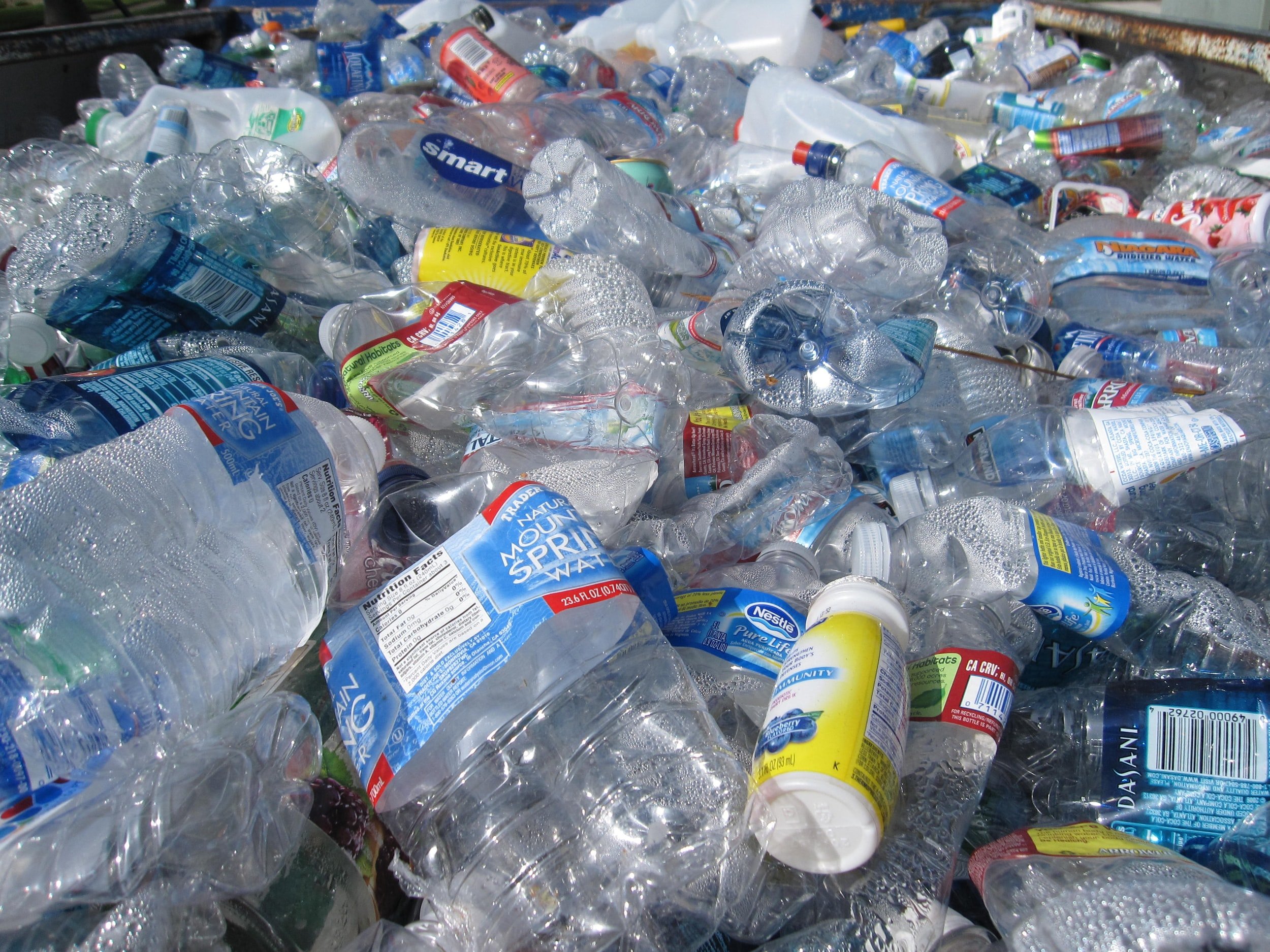
OUR WHY
Why plastics producers need to pay more attention to additives
Plastic additives are chemicals that are added to base polymers, like polyethylene (PE), polypropylene (PP) and polyethylene terephthalate (PET), to make them function in specific applications.
Additives include plasticizers that make polymers more flexible, stabilizers and antioxidants that prevent degradation by light, heat, or oxygen in the air, as well as colorants.
Many groups of plastic additives have been shown to be toxic, including specific phthalate plasticizers, brominated flame retardants (BFRs), UV stabilizers, bisphenols and per- and poly-fluoroalkyl substances (PFASs). The hazards posed by such additives vary. For example: some impact endocrine (hormone) systems, where they can impact metabolism, reproduction and growth; others are persistent, bioaccumulative and toxic; and some are toxic to marine environments.
Risks associated with plastic additives
When incorporated into plastics, additives might be considered to be benign, but studies have indicated that these chemicals do leach out - leading to exposures, for example BPA in liquid food applications - and phthalates and BFRs in house dust.
Also, considering the full product life-cycle, as companies work to transition to a more sustainable, circular plastic economy, these toxic additives are a barrier, as their presence in waste is not labeled. As such, they risk being recycled into new products, where they could pose significant threats to human health and the environment.
Overcoming this challenge will be a critical part of achieving circularity in plastics, which is itself key to tackling multiple problems presented by plastic products and waste.
International action and impact
In March, 175 countries signed a UN resolution to negotiate, by 2024, a legally-binding global treaty to end plastic pollution. The resolution addresses the full lifecycle of plastic, including its production, design and disposal. The UN notes that a shift to a circular economy can reduce the volume of plastics entering oceans by over 80% by 2040; reduce virgin plastic production by 55%; save governments US$70 billion by 2040; reduce greenhouse gas emissions by 25%; and create 700,000 additional jobs – mainly in the global south.
Recent studies by the International Pollution Elimination Network revealed the extent of the problem across a number of markets where members of the NGO bought and tested both recycled plastic pellets and consumer products made with recycled plastics, for the presence of toxic additives. The work revealed global risks, including the disproportionate way countries with developing and emerging economies are impacted - as they do not have the information or resources to manage plastics waste. The group also studied the impacts of plastics throughout their lifecycle, documenting problems from production through to disposal.
Digging deeper into the opportunity for plastic packaging recycling, a recent report from ChemSec, What goes around, notes that while there is a substantial buy-in to the principles of circular plastics, recycling levels remain low. It adds that one of the roadblocks, that remains surprisingly unaddressed, is the issue of chemicals of concern in current material flows. The report says, as long as toxic chemicals are included in material flows, a truly sustainable circular economy will not be achieved. Further, it notes that mechanical recycling will remain the main recycling technology for the foreseeable future, which makes establishing non-toxic waste streams the key to scaling up the circular economy.
Packaging should be free of hazardous chemicals
Turning to what businesses are doing, more than 500 organizations have backed a common vision of a circular economy for plastics known as the Global Commitment - a collaboration between the Ellen MacArthur Foundation and the UN Environment Programme. The Foundation’s Vision of a Circular Economy for Plastic includes a provision that all plastic packaging should be free of hazardous chemicals, and the health, safety and rights of all people involved should be respected.
To avoid hazardous chemicals in plastics recycling, all stakeholders need to take concerted efforts, starting by increasing information accessibility. This is one of the driving forces behind the ChemFORWARD–SPC partnership. The Safe + Circular Plastic Additives Alternatives Finder will support the rapid elimination of chemicals of concern and the optimization of plastic feedstocks with safer alternatives to accelerate circularity.
Get Started ❯❯

